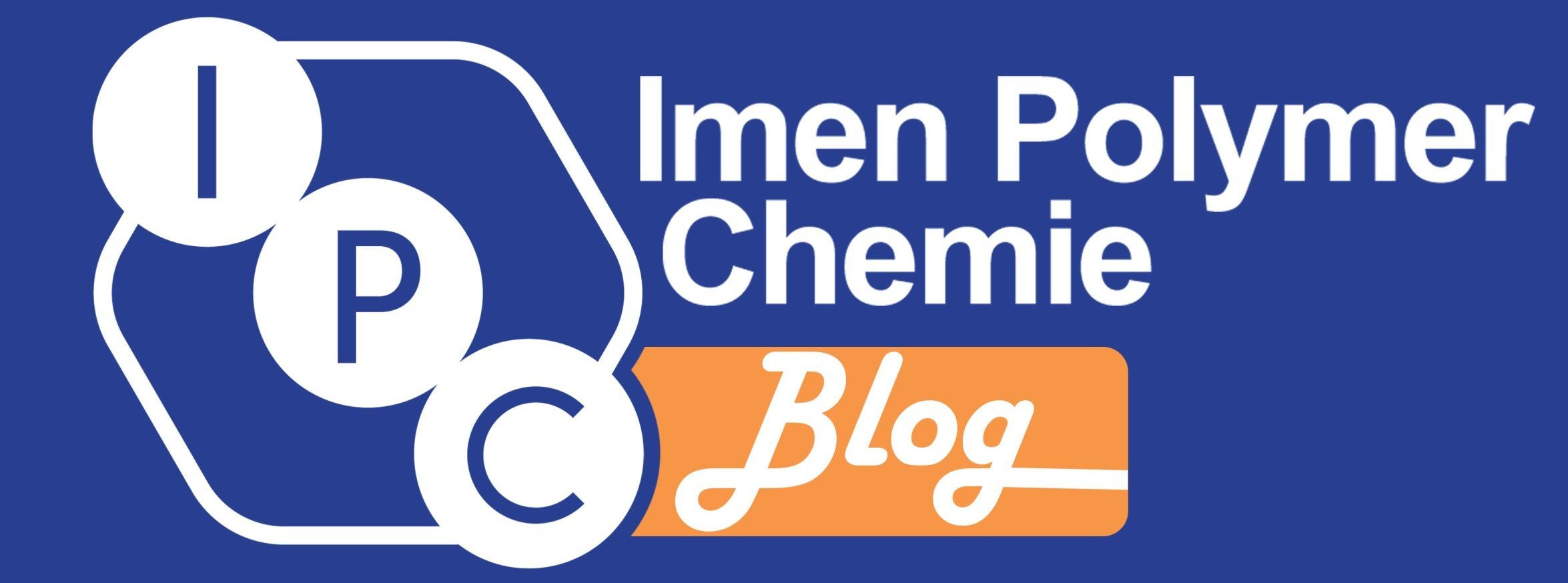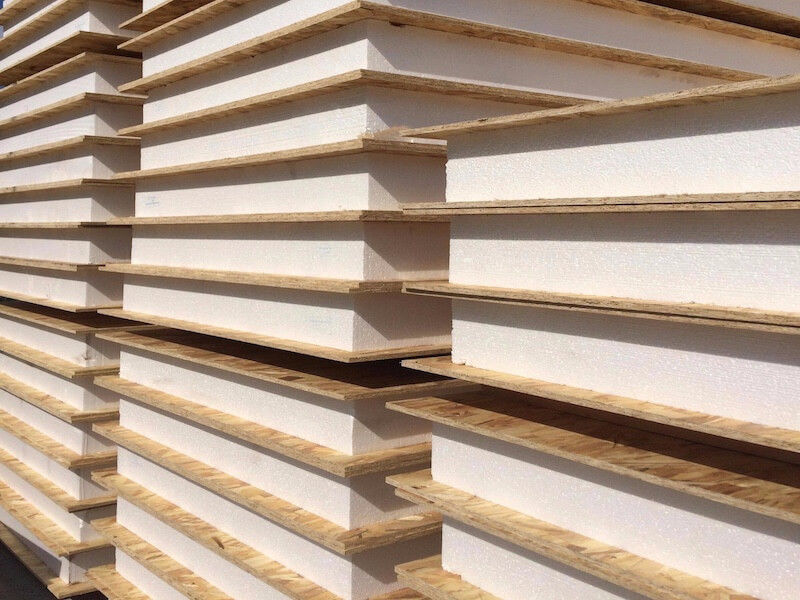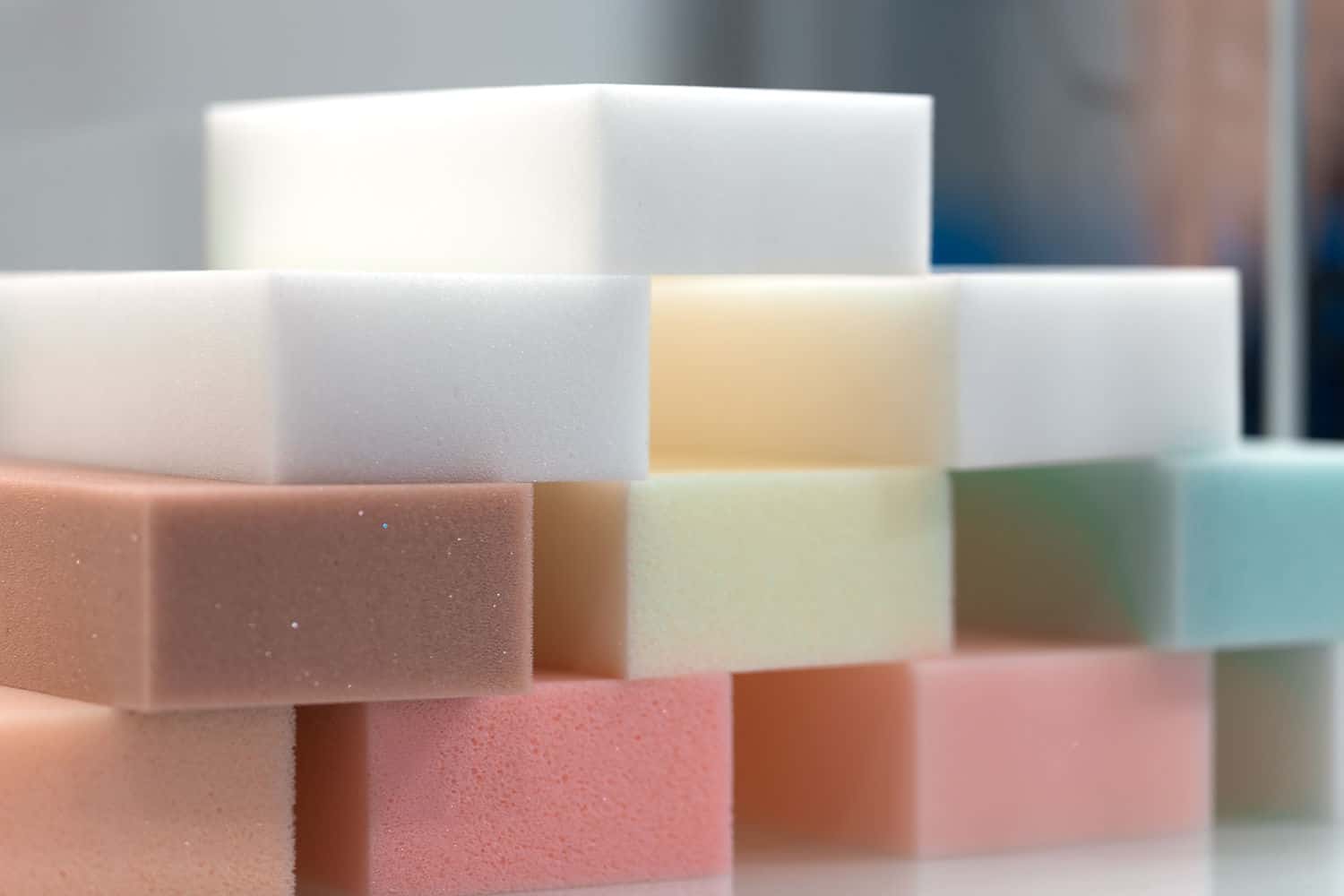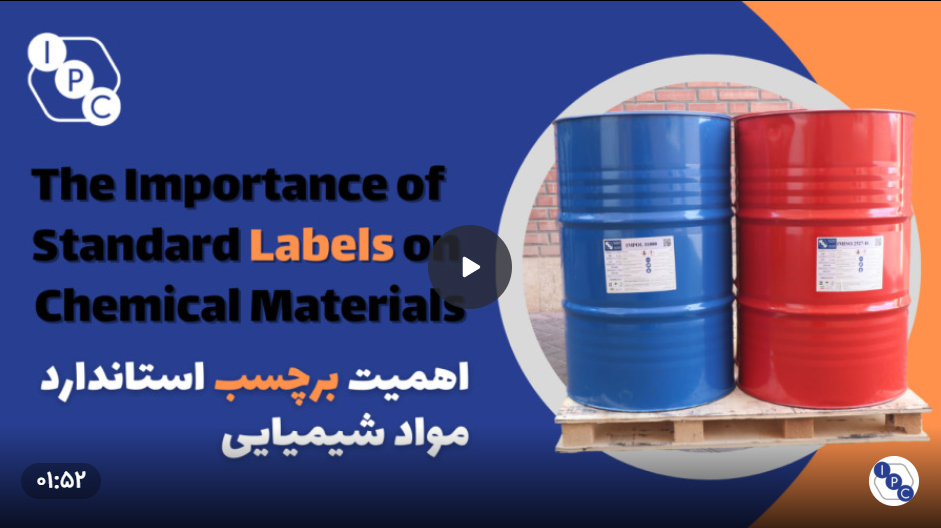
2024/09/22
Polyurethane molding
Polyurethane foams are manufactured through a continuous slabstock production process or through a discontinuous (molded) process. Molding is the process of forming products by pouring or forcing molten or liquified material into a hard tool or mold.
ادامه مطلب 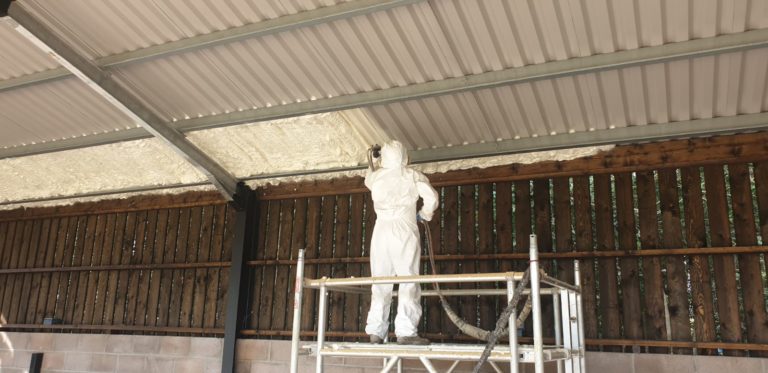
2024/09/22
polyurethane spray foam in livestock industry
Proper insulation of agricultural and livestock buildings is crucial as it prevents temperature fluctuations, moisture, and rodent infestations. In this paper, you will learn about various insulation methods, including foam board, fiberglass, and polyurethane foam, and we will examine the advantages of each.
ادامه مطلب 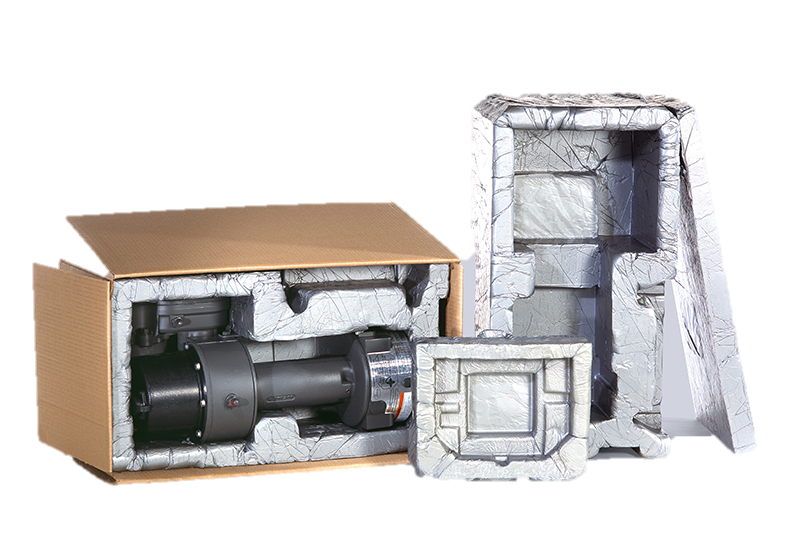
2024/09/22
Foam in place polyurethane foam for packaging
Polyurethane foam packaging is an open cell material, has a density of from about 8 to about 15 kilograms per cubic meter, which is primarily used to protect and support lighter weight, delicate product with high fragility. The purpose of polyurethane foam in packaging is to act as a shock absorber, protecting a moving packaged object from damage as it meets impact resistance.
ادامه مطلب 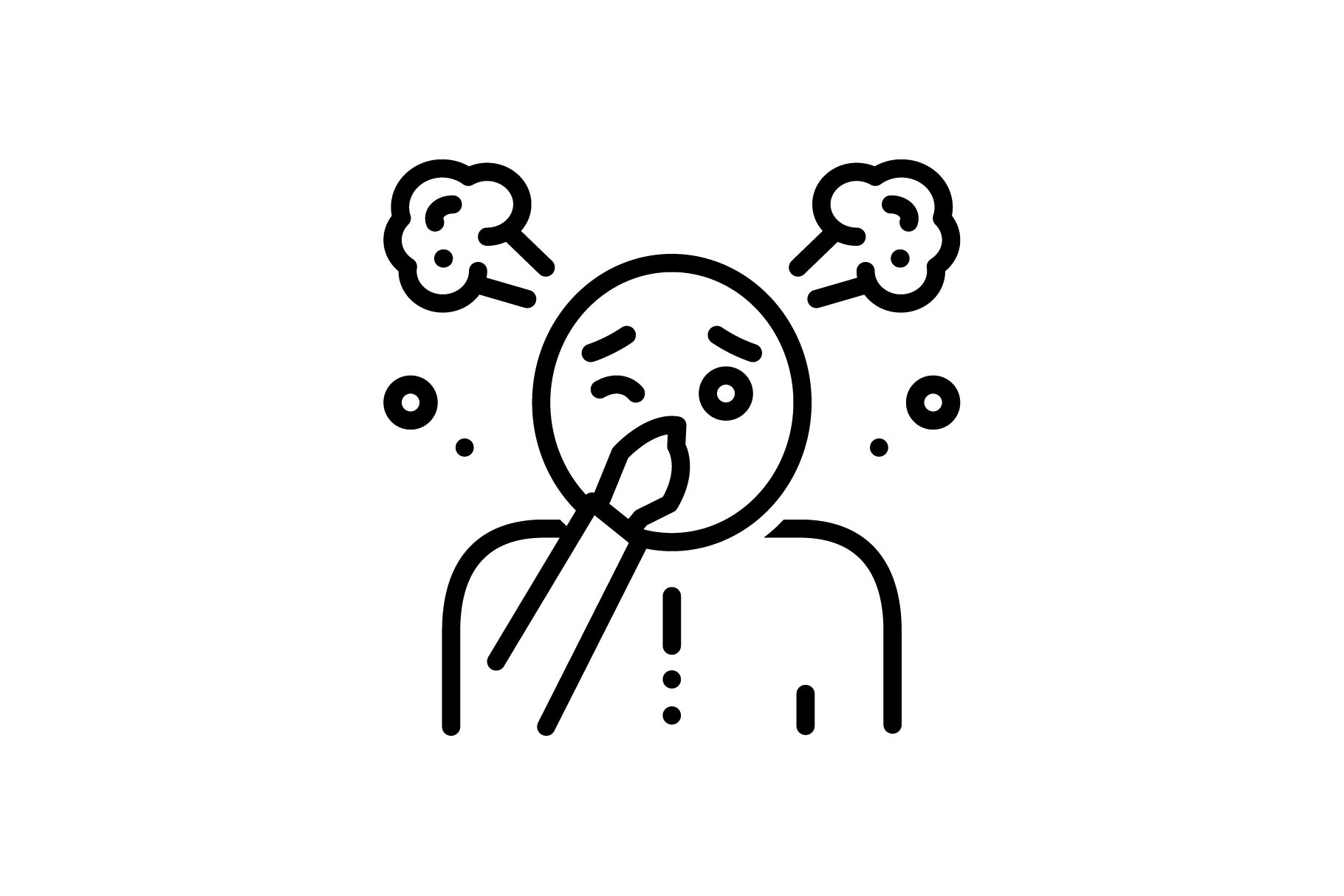
2024/09/22
Odor problem in polyurethane foam
Odors are gaseous and volatile organic compounds (VOCs), which affect the health of an individual. The odorous compounds are either a component of foam formulation or formed as a byproduct during the polymerization reaction.
ادامه مطلب 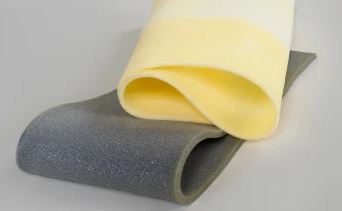
2024/09/22
Polyurethane memory foam
Memory foam is also known as viscoelastic foam. When you break this work apart, it comes from viscous + elastic. According to this naming, the foam has the properties of viscous and elastic materials at the same time. The mentioned property makes the foam to be able to closely contour to shapes.
ادامه مطلب 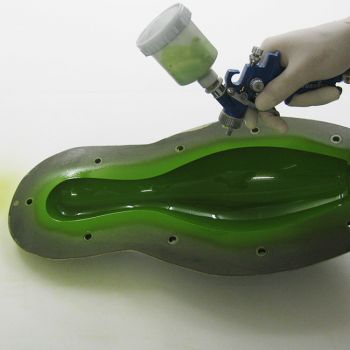
2024/09/22
In-Mold Coating for polyurethane foams
In-Mold Coatings (IMCs) have been developed to coat and cover surface defects of compression molded articles to provide a smooth high-quality surface having an aesthetically appealing appearance
ادامه مطلب 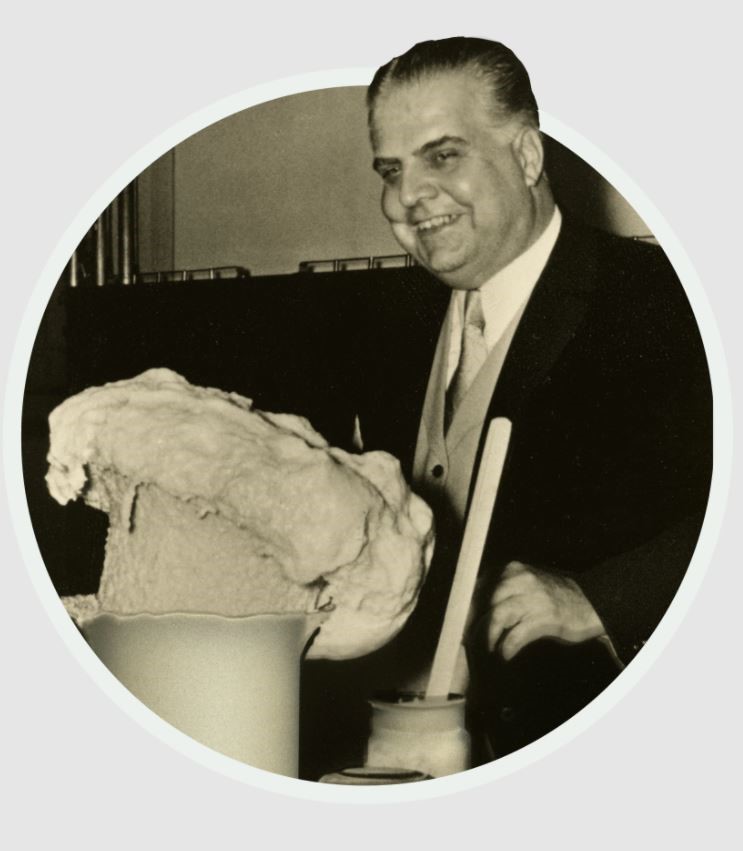
2024/09/22
History of polyurethane
The first urethane was synthesized, as early as 1849 by Wurtz. The work of Wurtz demonstrated the preparation of monoisocyanates and the subsequent formation of urethanes and substituted urea linkages by reaction of the isocyanate group with a primary alcohol and a secondary amine, respectively.
ادامه مطلب 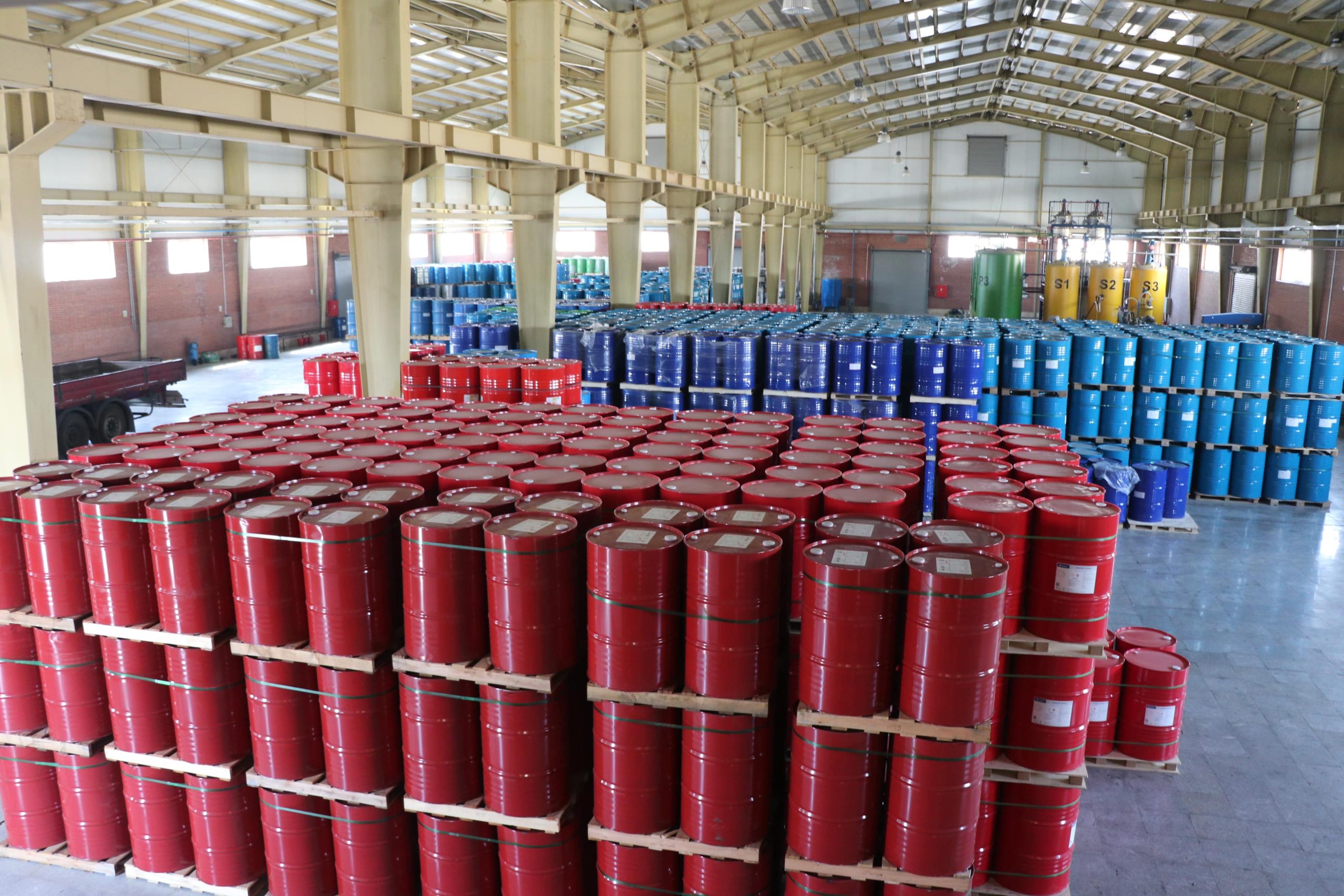
2024/09/22
Handling polyurethane raw materials
Time and temperature are the two primary factors that influence product quality. Storage in a warehouse at a constant temperature of 25°C would be best for most polyurethane raw materials, although this isn’t always practical.
ادامه مطلب 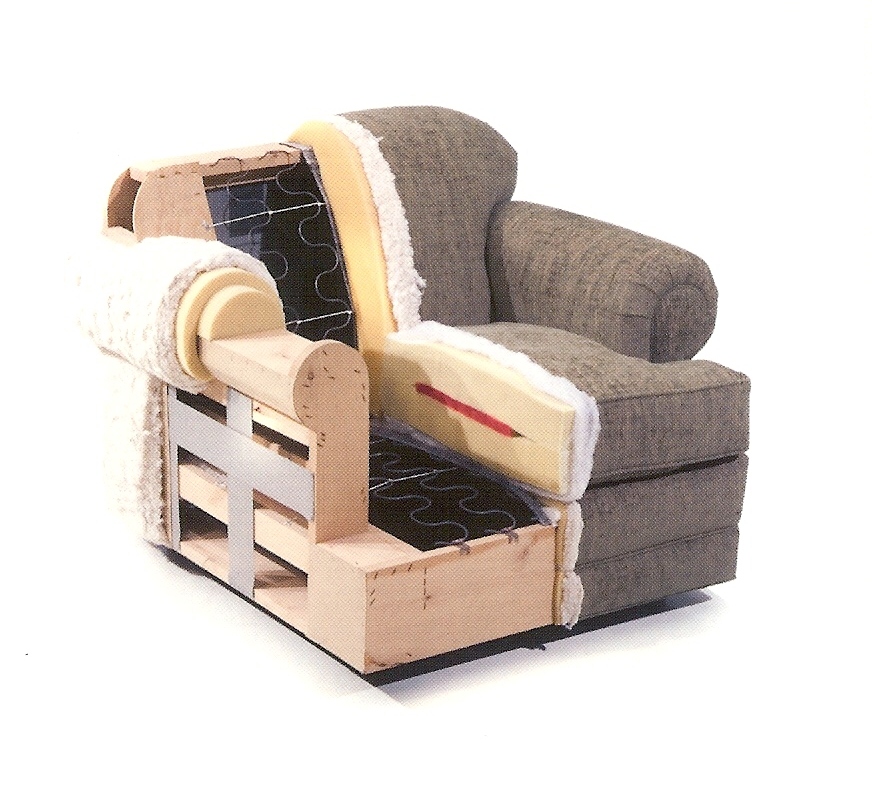
2024/09/22
Polyurethane foam quality control tests in furniture industry
Flexible polyurethane foam is the most common cushioning material used in upholstered furniture. Foam has a variety of applications in upholstery
ادامه مطلب 